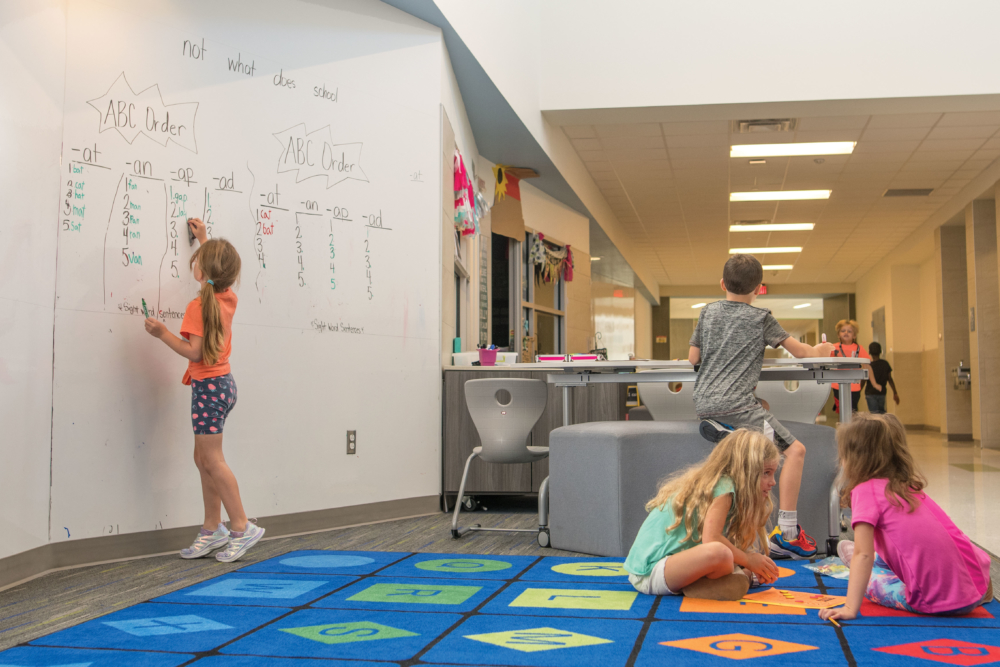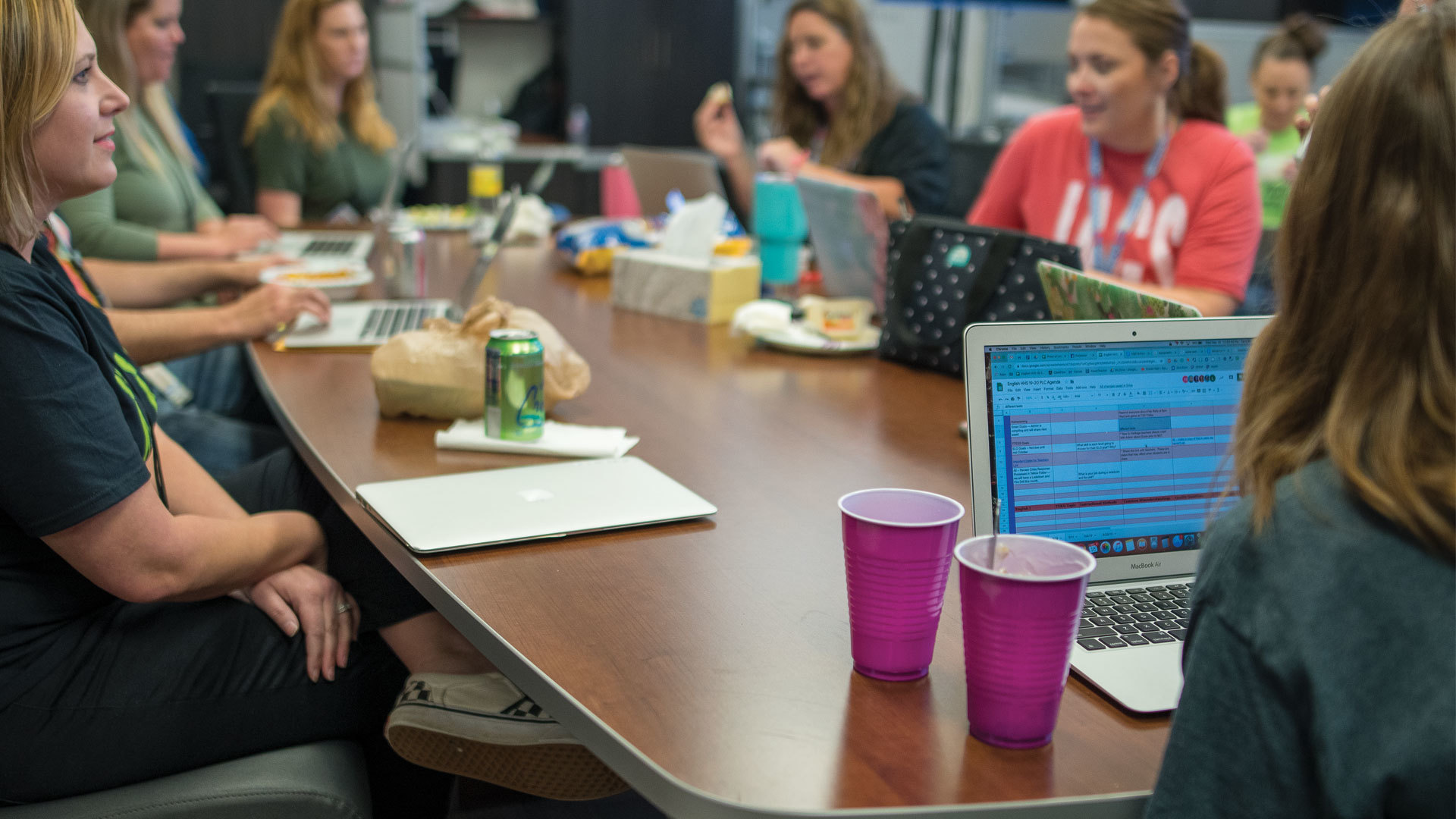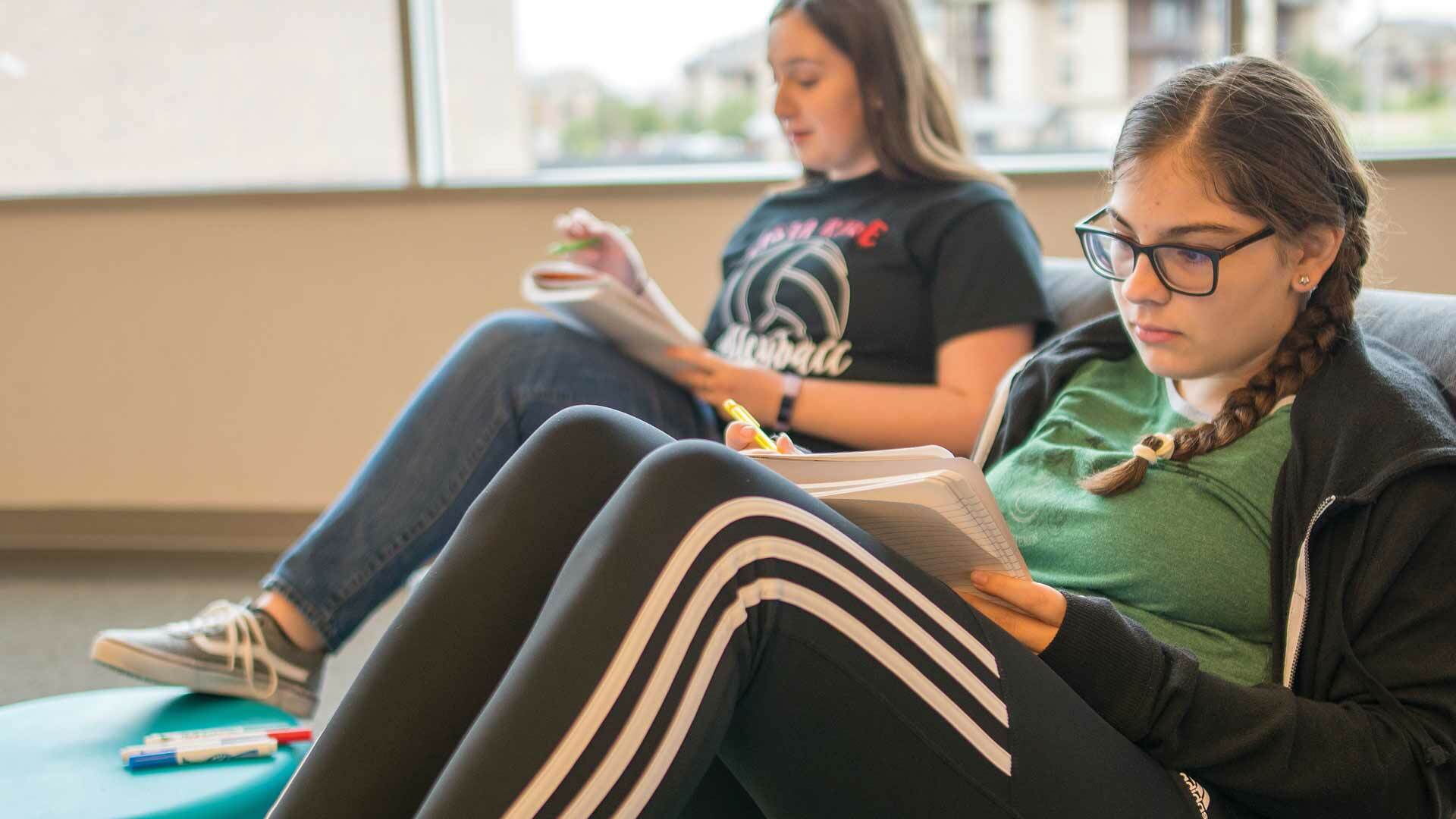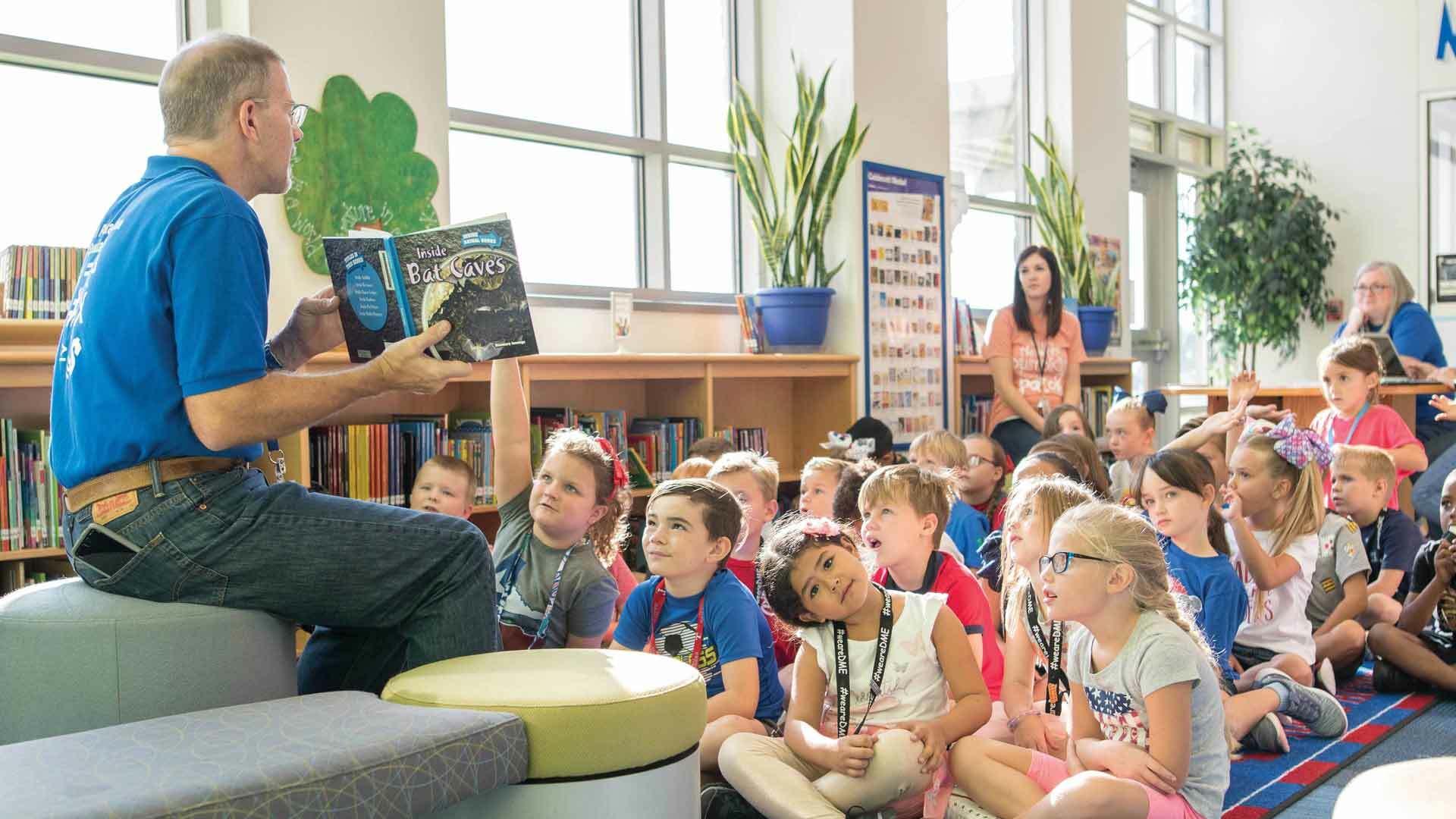
VLK | EDU: Spaces for Learning Today and into the Future
Walk into a school building, and you are hit with the sun illuminating the space. You already know this place is special; unique. It feels different. It is bright and open. The sights and sounds are more reminiscent of a coffee shop than a school.
There is movement - a lot of movement. Learners ebb and flow around groups and spaces as they engage in today’s lessons. There is a hum of conversation. It’s not just the teachers talking; around every corner, you can see and hear even the youngest learners talking through their learning; thinking critically; problem-solving; asking questions; being curious.
Gone are the days of students sitting silently in rows while listening to a teacher drone on and on about a topic in a monotone voice. Today, learners have varied the needs and spaces they work in are flexible, allowing them to engage in different activities; they love to have a voice and choice in their activities. They are able and willing to take ownership of their learning as they move through their educational experiences.
Benjamin Franklin said, “Tell me, and I forget. Teach me, and I remember. Involve me, and I learn.” Schools today involve their learners. They inspire learners to explore worlds of information, allowing them to engage the knowledge they digest and make their own. Learners ask questions, create new ideas, and discuss concepts. They reflect on their learning, explore information, and adapt to challenges. They take learning places you never thought they would go. Every day is an adventure.

- including writable surfaces that allow the learning to happen anywhere
- introducing flexible spaces that allow for the space to be adapted based on learner needs
- utilizing natural light to keep the space bright and inviting
- adding pops of color that are fun and add to the brand of the campus or building
- intentionally designing a space that allows collaboration and critical thinking to happen naturally
Our Typology of Spaces includes six different types of learning environments that fit the various needs of our learners today. Each space helps to create an inviting learning atmosphere that is engaging while remaining relaxed and comfortable, allowing the highest levels of learning to take place.
THINK spaces are small collaborative areas allowing two-to-three learners to engage with each other on the task at hand. Think spaces can are purposefully placed throughout the buildings, using flexible furniture that allows for efficient use of instructional space.
Classrooms are CREATE spaces enabling a whole group of learners to receive instruction, to break into smaller groups to fit the current learning lesson, or to individually work as needed. The furniture in these spaces easily accommodates all groups, allowing for quick transitions and making the most of class time.
DISCOVER spaces are spaces specialized for learning within the area. These could include science labs, culinary kitchens, or libraries. The furniture in this space includes large surfaces, allowing learners to do a lot of inquiry-based work.
EXCHANGE spaces are inside or outside learning areas that could accommodate large groups of students, such as a grade level at an elementary school or a student organization. These spaces are great for hosting club meetings and sharing presentations as a culmination of learning.
DESIGN LAB spaces are professional collaborative work areas for teachers to design engaging activities for their learners, and to take on the role of the learner as they continuously reflect and hone their craft.

The use of transparency in our building designs allows the natural light to filter into the spaces. There are not only windows to the outside, but also in the classrooms from the hallways. These windows allow teachers to see what learners are doing, even when they aren’t in the classroom. It helps to maintain consistent classroom management and to enable students to monitor lesson pacing by being able to keep an eye on the teacher in the classroom.
“Architecture can influence a positive culture,” Dr. Dalane Bouillion, VLK Principal of Educational Planning, explains in a previous blog post. “It can serve as an inspirational place for learning.” Our learning spaces must inspire our learners, inviting them into a world full of mystery and excitement.
“Somewhere, something incredible is waiting to be known.”- Carl Sagan